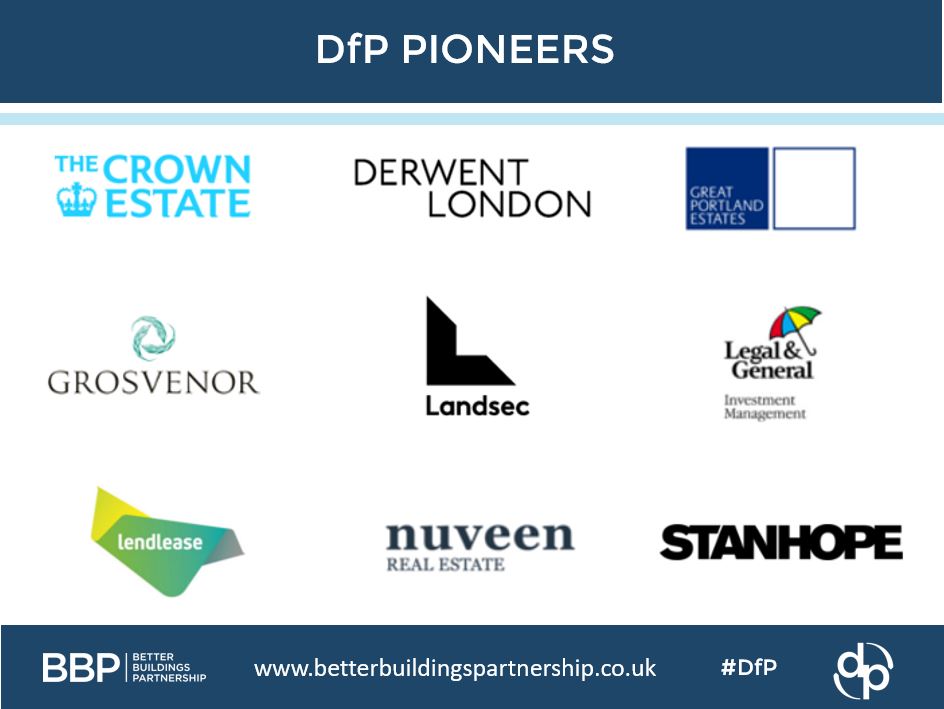News
Proudly supporting Design for Performance.
Proudly supporting Design for Performance.
We are delighted to announce our commitment to be a delivery partner for the Better Buildings Partnership’s Design for Performance initiative.
The Design for Performance (DfP) programme was established by the Better Buildings Partnership (BBP) to tackle the performance gap and reduce energy consumption in the commercial sector. The initiative promotes disclosure of landlord’s energy usage, including energy loads from heating, cooling and ventilation equipment in new office buildings.
Following our work on one of the early pilot studies with Legal & General Investment Management, we have committed to rolling-out the DfP initiative on other projects delivered by our London office. We are also supporting the development of ambitious energy targets and embedding the principles into the work of our Building Physics and Performance teams.
This will enable us to better support developers committed to delivering improved energy performance outcomes for new offices.
Several leading developers have declared that they will be Design for Performance Pioneers. These pioneers are Landsec, The Crown Estate, Grosvenor Britain & Ireland, Great Portland Estates, Legal & General Investment Management, Lendlease, Nuveen Real Estate, Derwent and Stanhope.
An industry initiative
The DfP initiative is the result of the ground-breaking partnership between the BBP and the National Australian Built Environment Rating System (NABERS). It continues to build momentum with the publication of its latest Report and the addition of new partners joining the collaborative effort to overcome the energy performance gap. The combination of energy targets, verified in operation, together with disclosure commitments has transformed energy requirements for the office sector in Australia. This has resulted in a significant reduction in energy use in recent years and it is hoped that DfP programme will have the same success in the UK.
Critical success factors of the design-for-performance approach are setting energy performance targets at project inception, using advanced energy modelling in the design stage, focusing the supply chain on outcomes and verifying performance when the building is occupied.
